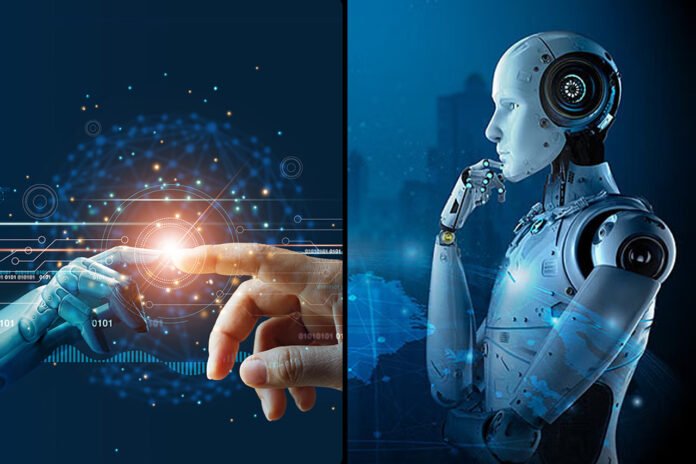Artificial Intelligence otherwise known as AI continues to gain the foothold it envisioned to years ago. There are numerous uses starting from virtual Personal assistants such as Siri and Amazon’s Alexa to simple data analysis tools employed in research and business. Apart from such applications, AI offers much more and can help solve numerous issues going through globalization and technological progress. The following is an illustration of the ways in which AI is making a positive dent in the world and how it is changing different fields for the better.
Healthcare: Enhancing Diagnosis and Treatment
Today artificial intelligence has benefited various sectors and among them the healthcare system is receiving a big boost in terms of diagnostic accuracy and treatments. Solutions in the health care domain can be developed based on employing machine learning algorithms for diagnostics of medical images and for early seeking of cancer, heart diseases, retinal diseases, etc. For instance, Google’s Deep Mind’s AI is designed to diagnose eyes diseases with trustworthiness of the retinal scans, and the proficiency level of an ophthalmologist.
Furthermore, the use of predictive analytics in the healthcare setting is also utilized to forecast of patient requirements and regain management of resources. By integrating big data from various patients that can be used to forecast occurrences of diseases and then using algorithms to fine-tune treatment for specific patients on the basis of their genomic makeup.
Environmental Conservation: Protecting Our Planet
Climate change that has resulted in the destruction of species rich habitats and loss of bio diversity are issues that have developed into major concerns in the modern world which AI longs to be a benefactor. From images and sounds or the identification of endangered species; these can be done by using new artificial intelligence systems that are designed to identify images as well as sounds. For instance, an organization called Conservation Metrics employs the use of AI in monitoring sound trends of rain forest from information recorded for the purpose of preserving natural resources. One of these is the smart grid, this is a grid on energy demand and supply management to make the energy demand and supply more and have less impacts on the environment. It also enables prediction of climate conditions and data in real life situations which in turn assist improve the recalculate effectiveness of models to work with climate change.
Disaster Response: Enhancing Preparedness and Relief
AI on the other hand can complete disaster response while estimating how events of natural disasters and rating relevance in actual life. Thus, AI algorithms use images captured by satellite cars and additional information obtained from social networks as the primary source of data about the emergency services. It is very helpful and effective that in 2019 the AI-generated fire models successfully indicate and predict how the fires would propagate, which benefited the Californians and their efforts towards the protection of lives. These drones are intelligent and can hover over disaster afflicted locations because they are autonomous and can sense the surroundings hence should be of assistance to relief agencies.
Agriculture: Boosting Productivity and Sustainability
It noted that precision agriculture, as an emerging application area that brings together ICT and agricultural sciences for improving agricultural productivity and sustainability, increasingly relies on AI technologies. Original data regarding the state of a group of products harvested is compiled with the help of sensors and drones, whereas AI can analyze this data and give recommendations on when to plant new crops or how it is better to utilize each irrigation. This service includes early alert systems for pest and disease detection where self-guided robots are employed to reduce crop loss using an AI controlled sprayer. Lastly, there is Plant Village where there is an application of artificial intelligence to help in diagnosing plant diseases using pictures sent by farmers and also a guide on how to deal with the disease.
Humanitarian Aid: Improving Efficiency and Impact
People and humanitarian causes benefit from artificial intelligence thereby analyzing the movement of the populace, establishing resource requirements, and improving distribution. In the WFP, AI informs the organisation of when it should expect food scarcities and offers insights on the efficiency of supply chains. This kind if an application is AI-powered chatbots that assist refugees in getting reliable data on their legal status, employment, and services that could enhance their integration.
Conclusion
In this context, AI has the valuable ability to address some of the global challenges while boosting innovation and the process of change. In healthcare to the humanitarian crisis, they have the potential to perform only a great deal of good. In essence, if AI is to be the game changer it is billed to be, then it especially has to be done right and with a view to benefitting not just today’s generation but also every other upcoming generation.




